Introduction: A Vision of the Future by a Master of Robot Research
At the 2025 Osaka-Kansai Expo, one pavilion stands out above all others. It is “Future of Life,” produced by world-renowned robotics researcher Professor Hiroshi Ishiguro. Ishiguro, who astonished the world with his development of “Geminoid,” a remotely operated android copy of himself, continues to pursue the ultimate questions through his research on human-like robots. These are the fundamental themes of “What is human?” “What is life?” and “What is the mind?”
This pavilion goes beyond mere technological exhibition to present a vision of a future society where humans and robots, humans and androids, coexist and merge. This article provides a detailed introduction to Ishiguro’s research philosophy and the remarkable exhibits that can be experienced at the Expo.
Who is Hiroshi Ishiguro: Creating Robots to Understand Humans
The Impact of Geminoid Development
Professor Hiroshi Ishiguro has stood at the forefront of robotics, particularly android research, for many years as a professor at the Graduate School of Engineering Science at Osaka University. What brought his name to worldwide attention was “Geminoid,” a remotely operated android that faithfully reproduces his own appearance.
Geminoid is a human-like robot crafted with meticulous detail, from taking molds of Ishiguro’s face to reproducing every strand of hair. By operating it remotely, it creates a presence as if Ishiguro himself were there. This Geminoid is not merely a technological achievement but an experimental apparatus for exploring “What is human-likeness?”
Robot Research for Understanding Humanity
What Ishiguro repeatedly emphasizes is that “the true purpose of creating human-like robots is to understand humans.” This may sound paradoxical at first. However, in the process of attempting to imitate humans, we can finally become aware of the essence of “human-likeness.”
For example, how much movement or facial expression is needed before people feel something is “alive”? What kind of dialogue makes us recognize that there is a “mind”? Through the mirror of robots, we can objectively observe our own essence.
Ishiguro’s research transcends the boundaries of engineering, influencing diverse fields such as philosophy, psychology, cognitive science, and sociology. It is not simply about creating “amazing robots,” but an attempt to approach the fundamental questions of “What is human?” “What is life?” and “What is the mind?” through a scientific approach.
Highlights of the Expo Pavilion “Future of Life”
Pavilion Concept: Coexistence and Fusion of Humans and Robots
The “Future of Life” pavilion depicts a future society where humans, robots, and androids coexist and even merge. This is not mere science fiction fantasy, but a highly feasible future prediction based on Ishiguro’s research achievements.
Throughout the pavilion, visitors will experience “a future where the definition of human is expanded.” Humans with partially roboticized bodies, androids operated remotely, robots acting autonomously through AI—in a society where these coexist, the very concepts of “being alive” and “being human” need to be redefined.
Specific Exhibition Content
1. Dialogue Experience with Cutting-Edge Androids
One of the pavilion’s main attractions is the actual dialogue experience with the latest androids. Various generations of androids developed by Ishiguro are exhibited, and visitors can actually converse with them.
What’s important here is not just the technical aspect of “being able to talk with robots,” but that visitors can experience for themselves “what conditions make us feel the other has a mind” through dialogue. Appearance, voice, movement, conversation content—when these elements combine, when do we feel the other is “human-like”? This question permeates the entire exhibition.
2. Demonstration of Telexistence Technology
Teleoperation technology represented by Geminoid is also a major highlight. Visitors can witness people in distant locations interacting with visitors through androids in the pavilion.
This technology has meaning beyond mere communication methods. If we can create a “presence” as if physically existing in that location while being remotely located, our range of activities and lifestyles will change dramatically. The application possibilities are infinite, including social participation for the elderly, activity support for people with disabilities, or work in dangerous locations.
3. Human Augmentation Technology Exhibition
The pavilion also introduces various technologies that augment human capabilities. Robotic prosthetics, exoskeletons, brain-wave interfaces—the vision of “augmented humans” where human and robotic technologies merge is presented.
These technologies not only compensate for disabilities but also hold the potential to further enhance the abilities of able-bodied people. In the future, an era may come when everyone has robotic technology as part of their body in some form. At that time, where will the boundary be between “natural humans” and “augmented humans”?
4. Interactive Thought Experiment Corner
The pavilion also features interactive corners where visitors can deepen their thoughts on “What is human?” For example, visitors can explore their own answers to philosophical questions such as “What percentage of your brain can become mechanical while you remain yourself?” or “Is an android with copied memories the same as the original person?”
These thought experiments are by no means far-fetched. With advances in medical technology and AI technology, these are all themes likely to become real issues in the near future. Providing an opportunity for society as a whole to think about and discuss these questions through the Expo is also an important role of this pavilion.
5. Simulation Space of a Coexistence Society
A corner of the pavilion recreates future everyday spaces where humans and robots naturally coexist. Visitors can see robots and androids collaborating with people in various scenes such as homes, offices, hospitals, and schools.
What is shown here is not a future where robots take away human jobs, but a future where they cooperate by leveraging each other’s strengths. Robots handle simple tasks and dangerous work, while humans handle jobs requiring creativity and empathy. Or perhaps even that boundary becomes ambiguous—such a vision of society is depicted.
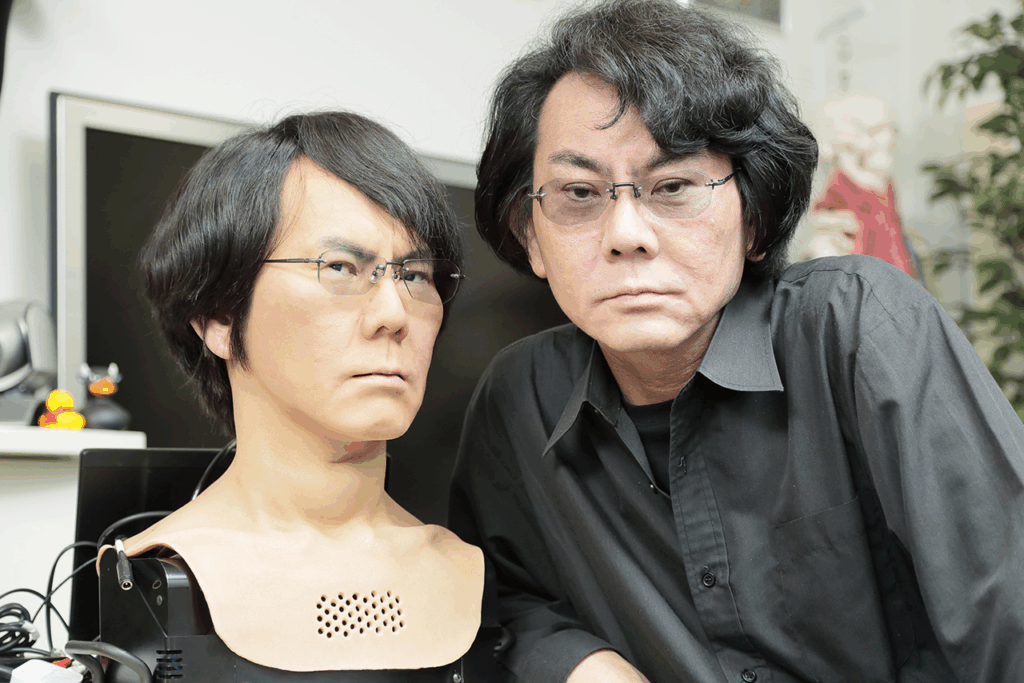
The Essence of “Life” and “Mind” Questioned by Ishiguro’s Research
Physicality and Self-Recognition
One thing that Ishiguro’s research has revealed is the importance of the body. Our “mind” is not completed by the brain alone but emerges through interaction with the entire body. It has been demonstrated that by giving androids bodies and allowing them to interact with their environment, more human-like behavior emerges.
This is also an issue related to the definition of “life.” What is life? Self-replication capability? Metabolism? Or interaction with the environment? As robots and androids become more sophisticated, we will need to reconsider the very definition of “being alive.”
Recognition of Others and Empathy
Humans have the ability to infer another’s internal state from their appearance and movements. Ishiguro’s android research has made it possible to quantitatively measure how much reality is needed for humans to feel there is a “mind.”
Interestingly, it has been found that it doesn’t need to be perfectly human-like. With a certain degree of reality, humans begin to treat the other as “a being with a mind.” This suggests that “mind” is not something that exists objectively, but a social phenomenon that emerges within human relationships.
Digitized Memory and Personality
With advances in AI and robotic technology, it is becoming theoretically possible to digitize human memory and personality and transplant them into androids. When that happens, where does “that person” exist?
Ishiguro himself has experienced “existing simultaneously in multiple places” through Geminoid. From this experience, he has realized that human existence doesn’t necessarily need to be bound to a single body. A future where “life” becomes replicable and “mind” becomes transferable—this may not be science fiction but a reality we need to seriously confront.
Social Transformation Brought by Coexistence with Robots
Changes in Labor and Values
As robots and AI become more sophisticated and can substitute for many jobs, the meaning of human labor will also change. The “Future of Life” pavilion also suggests the possibility of such social transformation.
What work can only be done by humans? Or will the very concept of “work” change? In a society where robots create material abundance, how will humans find purpose and happiness? These questions are not only technical challenges but also philosophical and social ones.
Expansion of Diversity
Human augmentation through robotic technology has the potential to bring new diversity that transcends conventional constraints such as the presence or absence of disabilities, age, and physical abilities. A society where everyone can maximize their abilities—that is one ideal vision of a robot coexistence society.
At the same time, the concept of a “standard human” itself may disappear. In a society where various forms of existence coexist—natural humans, augmented humans, androids, AI—the very standards of “normal” or “standard” lose their meaning. This could be called the arrival of a truly diverse society.
Conclusion: Experience the Future at the Expo
The “Future of Life” pavilion produced by Professor Hiroshi Ishiguro is not merely an exhibition of robotic technology. It is a place of intellectual adventure that poses fundamental questions to each of us: “What is human?” “What is life?” and “What is the mind?”
Dialogue with cutting-edge androids, demonstrations of telexistence technology, experiences with human augmentation technology, and philosophical thought experiments—through all of these, visitors can think about their own existence from unprecedented perspectives.
The era when robots and AI blend into daily life is already imminent. In welcoming that era, we need to seriously consider not only the convenience of technology but also what impact it will have on our very existence.
The “Future of Life” pavilion at the 2025 Osaka-Kansai Expo will be the best stage for such contemplation. Thinking about the future of humanity, the future of life, and the future of the mind together with Professor Hiroshi Ishiguro, who stands at the forefront of robot research—this will surely be an irreplaceable experience that can only be obtained at the Expo.
The future comes faster than we imagine, and in unexpected forms. Please experience a glimpse of that future at the Expo.
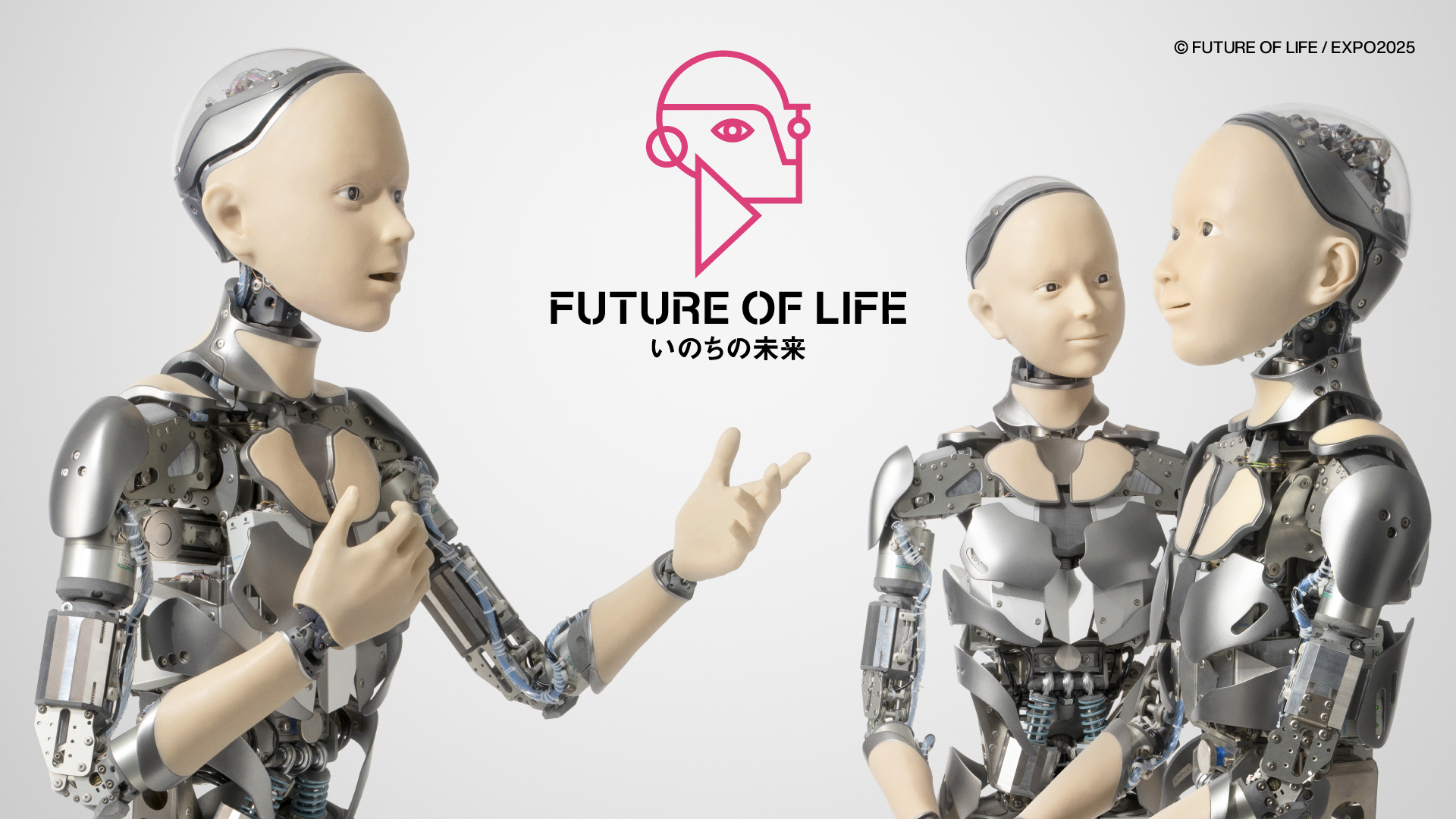
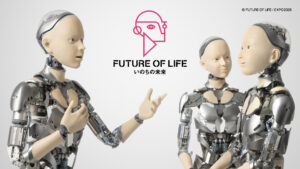
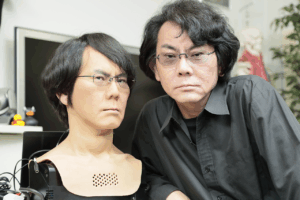




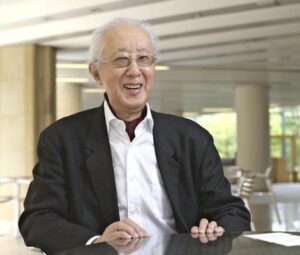




コメント